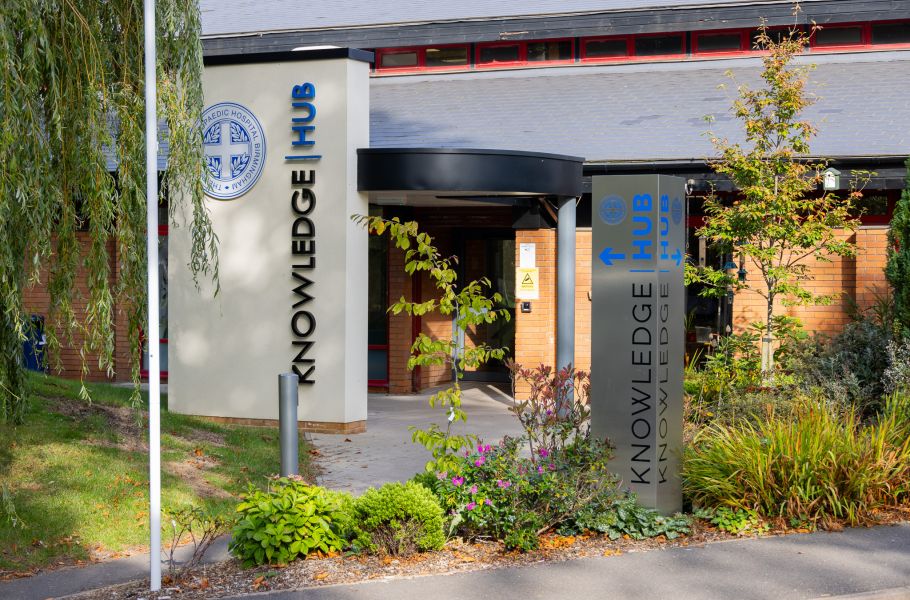How to age slowly - Ten top tips for bone, joint and muscle longevity

According to actress and comedienne, Lucille Ball, “The secret of staying young is to live honestly, eat slowly, and lie about your age.” While this isn’t the worst advice, there is a little bit more to it than that!
The average life expectancy in the UK is approximately 79 for men and 82 for women. The science of aging has grown steadily in the past few decades and some scientists now believe that humans could live 150 years. While we’re not quite at that point yet, there are proactive steps we can take to slow down the aging process and maintain optimal musculoskeletal health well into our later years.
What is aging?
Aging is a natural process that brings about changes in our bodies, including the musculoskeletal system. As the body ages, it slows down the repair processes which means more wear to our cells. Aging isn’t just about time but our genetics and our environment. There are a number of changes we will all go through as we age:
- Bones may become weaker and less dense with age
- Muscle mass reduces and people become more susceptible to falls
- Our joints undergo natural wear and repair processes, which can lead to osteoarthritis. Not all of us will be symptomatic of this.
- Ligaments and tendons become less elastic
- Age-related stiffness reduces our flexibility and range of motion
- Diminished blood supply hampers tissue repair, prolonging healing time for injuries
- Our neuromuscular coordination declines, raising the risk of falls and accidents
- Hormonal changes impact bone density and muscle strength, particularly in post-menopausal women
- Psychological and social factors influence musculoskeletal health too, affecting our wellbeing
How to age healthily
The good news is that there is a lot you can do to stay healthy as you age. Here are top ten tips from Rachel Lightfoot, Specialist Physiotherapist at The Royal Orthopaedic Hospital.
- Stay Active
Regular physical activity is crucial for maintaining musculoskeletal health and preventing age-related decline. Incorporate a mix of cardiovascular exercise, strength training, flexibility exercises, and balance training into your routine. Aim for at least 150 minutes of moderate-intensity aerobic activity or 75 minutes of vigorous-intensity activity per week, along with muscle-strengthening activities on two or more days per week.
- Weights are great: prioritise strength training
Long gone are the days when the only reason to lift a weight was to look like a prime Arnold Schwarzenegger. Strength training is particularly important for preserving muscle mass, bone density, and joint health as you age. Focus on exercises that target major muscle groups, including squats, lunges, deadlifts, chest presses, rows, and shoulder presses. Gradually increase the intensity and resistance of your workouts to challenge your muscles and stimulate growth.
- Consider your posture
Poor posture can contribute to musculoskeletal pain and dysfunction, especially as we age. We like to say ‘the best posture is your next posture’ because there isn’t one perfect posture and movement is one of the main keys to health. Incorporate posture-improving exercises and stretches into your routine to strengthen weak muscles and improve flexibility.
- Focus on flexibility
Flexibility isn’t just for the yoga crowd! Maintaining flexibility is essential for preserving joint range of motion and preventing stiffness and injury. Incorporate stretching exercises into your daily routine to improve flexibility and mobility in key areas such as the hips, hamstrings, shoulders, and spine. Incorporating activities like yoga or Pilates can also help enhance flexibility, balance, and body awareness.
- Support your own joint health
As we age, the risk of developing degenerative joint conditions such as osteoarthritis increases. To support joint health, maintain a healthy weight to reduce excess stress on your joints, and incorporate joint-friendly activities like swimming, cycling, or walking into your routine. Consider incorporating supplements such as glucosamine, chondroitin, and omega-3 fatty acids, which have been shown to support joint health and reduce inflammation.
- Eat a balanced diet
There’s a lot of different diets, advice and frankly, whacky ideas about nutrition out there. But the key is to keep it simple. Nutrition plays a crucial role in musculoskeletal health and overall aging. Ensure your diet is rich in nutrient-dense foods such as fruits, vegetables, whole grains, lean proteins, and healthy fats. Adequate intake of calcium, vitamin D, magnesium, and other essential nutrients is important for maintaining strong bones and muscles. Limit your intake of processed foods, sugary snacks, and excessive sodium, which can contribute to inflammation and accelerate aging.
- Stay hydrated
It’s easy to overlook the importance of water in good health. Proper hydration is essential for maintaining joint lubrication, supporting muscle function, and facilitating nutrient transport throughout the body. Aim to drink at least 8-10 glasses of water per day, or more if you're physically active or live in a hot climate. Limit your intake of caffeinated and alcoholic beverages, as they can contribute to dehydration and exacerbate musculoskeletal issues.
- Get quality sleep
Quality sleep is essential for musculoskeletal recovery, repair, and overall health. Aim for 7-9 hours of uninterrupted sleep per night to allow your body to rest and rejuvenate. Create a relaxing bedtime routine, optimise your sleep environment, and limit exposure to screens and stimulating activities before bedtime to improve sleep quality.
- Manage stress
Chronic stress can have detrimental effects on musculoskeletal health and accelerate the aging process. Incorporate stress-reduction techniques into your daily routine. Some people find mindfulness meditation, deep breathing exercises, and yoga useful. For others, prioritising self-care activities that bring you joy and fulfilment make all the difference. Don’t forget to stay connected and seek support from friends, family, or mental health professionals when needed.
- Listen to your body
Pain is your bodies way of telling you there is an issue. Pay attention to any signs of discomfort, pain, or changes in your musculoskeletal health as you age. Don't ignore persistent symptoms or assume they're just a normal part of aging. Consult with an orthopaedic specialist if you experience chronic pain, limited mobility, or other musculoskeletal issues. Early intervention and proper treatment can help mitigate the effects of aging and improve your quality of life.
Aging gracefully
Some studies indicate that humans are happiest at ages 65 – 79, so don’t fret, there’s a lot to look forward to! Especially if we focus on aging well and staying healthy. By prioritizing musculoskeletal well-being and adopting healthy lifestyle habits, you can enjoy a more active, vibrant, and fulfilling life as you age gracefully. Start implementing these strategies today to invest in a healthier and happier future.








